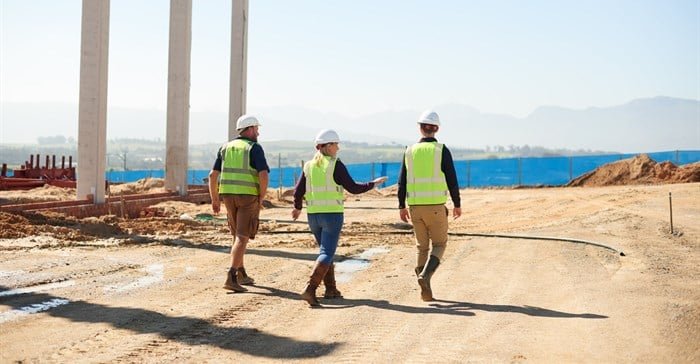“Cities are at an inflection point,” says Lorne Dawson, an urban development expert and the development manager for Stellenbosch Bridge properties. “Gone is the need for one large central commercial area that is the real estate hub of the capital and heavily reliant on office workers.” His words capture the pivotal moment for cities across the world as they grapple with changing work patterns, sustainability pressures, and the need to reinvent urban spaces. Dawson’s response to this shift is The Bridge, a new-generation business district that embraces trend towards decentralised, mixed-use CBDs. Offering accessibility, convenience, and integration with lifestyle amenities, it reflects the vision Dawson outlines: “Significant change is about to take place, starting with the evolution of more mini, adaptable business districts that allow for convenience, accessibility, and lifestyle.”

Our traditional CBDs, dominated by office towers and dependent on daily commuter traffic, face subdued demand as hybrid working takes hold.
According to a study by flexi-office specialists Workshop17, 60% of office workers now expect flexible arrangements, with the average employee working remotely three days per week.
“Hybrid work patterns are here to stay,” Dawson explains.
“CBDs must embrace these changes or risk losing relevance to emerging submarkets that offer what people truly need – proximity to where they live, flexible spaces, and quality amenities.”
The Bridge development also benefits from the Cape Winelands Airport sharing a vision of decentralisation and integrated urban transformation.
Positioned to complement Cape Town’s thriving business landscape, the airport aims to establish a seamless connection with the city, much like The Bridge’s mission to create accessible, mixed-use business districts.
Challenges to to the traditional CBD model
The death of the long commute: As people reassess their work-life balance, lengthy, costly commutes have become a dealbreaker.
The solution Dawson proposes is “hybrid offices that work within your lifestyle, close to retail and entertainment, saving time and reducing stress.”
A turn to sustainability and retrofitting: Dawson points to the urgent need for older urban buildings to align with stringent energy-efficiency regulations.
“On a global level, over one billion square metres of office space need retrofitting by 2050. CBDs that don’t invest in sustainability will simply be left behind.”
Big business of shifting corporate real estate demands: Companies are moving away from large, high-maintenance office spaces in favour of flexible, multi-functional work environments.
“Anchor corporates now partner with developers to create bespoke spaces,” Dawson notes, “designed to attract top talent and provide optimal working conditions.”
A vision for 2030 by looking at the past
The successful CBD of 2030 will no longer be just a place of work but a destination where people live, shop, and socialise.
“To thrive, CBDs must embrace mixed-use characteristics, incorporating residential, retail, education, and culture,” says Dawson.
The Bridge was first conceived when the developers were on a trip through Europe and saw the charms of old-world, mixed-use areas.
Importantly, expanding the urban edge and creating these mini-CBDs means placing workspaces within residential nodes to reduce commuting times while maintaining access to essential amenities.
“This philosophy also increases the amount of foot traffic at off-peak times in the business centres, which acts as a natural deterrent for crime and a powerful community building tool,” he explains.

South Africa’s role in shaping the future
South African cities, from Cape Town to Nelson Mandela Bay, are laying the groundwork for this transformation through urban densification policies and frameworks like the Spatial Development Framework (SDF) and Integrated Development Plan (IDP).
These plans prioritise sustainable growth, transit-oriented development, and mixed-use precincts to curb urban sprawl and meet the needs of growing populations.
“Cities will need to embrace change to revitalise CBDs, improve quality of life, and address economic, environmental, and demographic challenges for a sustainable and inclusive future,” says Dawson.
With projects like The Bridge setting the tone, South African developers have the opportunity to lead by example in reimagining CBDs for a new era.
By aligning with Dawson’s call for adaptability and inclusion, these evolving urban hubs can become the blueprint for thriving cities worldwide.









